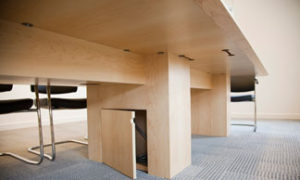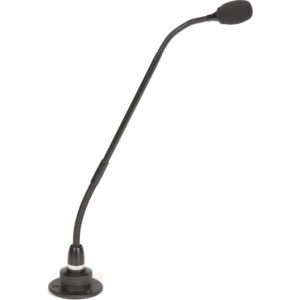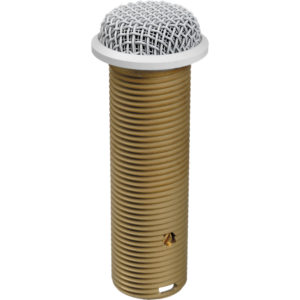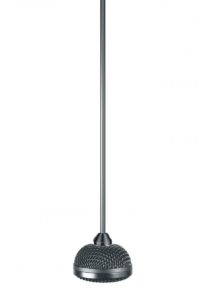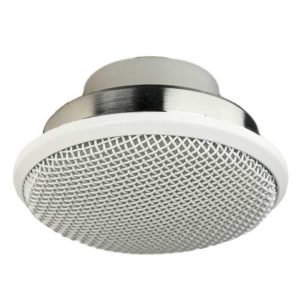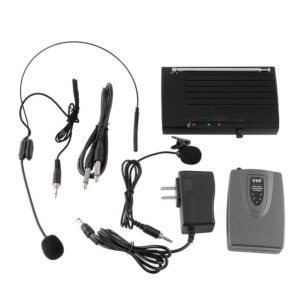A flight from New York to London usually takes about 7 hours. Open heart surgery tends to clock in at around 5 to 7 hours. Watching all three Lord of the Rings movies back-to-back-to-back takes exactly 12.1 hours.
None of these things come close to the amount of time the average professional wastes each month in unproductive meetings, which, according to one estimate, is 31 hours.
And yet strangely, not every company takes active measures to steer clear on this epic time-wastage. Indeed, some have grown so accustomed to it that it’s just accepted as an unavoidable, unalterable fact of life.
This is almost unimaginable with regards to other marathon time-wasters. If your New York-to-London flight were to make an unscheduled stopover in Los Angeles, you’d never fly with that airline again. If your doctors decided to play a game of Monopoly in the middle of your surgery, you would retain the services of a lawyer. And yet whenever meetings go over schedule or a piece of equipment takes 20 minutes to troubleshoot, the most common response is, “Hey, it’s a meeting. What can you do?”
As far-fetched as it may sound, business meetings can be run with some degree of efficiency. Here are 9 common meeting room problems and how you can solve them.
1. Equipment goes missing

What pens are to banks, HDMI cables are to conference rooms. If you don’t tie them down with wire (string is too fragile), they will disappear within 10 minutes. Wireless speakers, dry erase markers, and remote control clickers also have a well-documented propensity to go missing. Unless your business is located right next to a Best Buy, not having these items on hand could be a major inconvenience.
Solution: Install a security camera and lock portable electronic equipment in a cabinet.
2. Cord compatibility issues

Even if your equipment hasn’t been stolen, good luck plugging it in. In today’s BYOD environment, there are so many different ways to connect a laptop to a TV or projector (HDMI, VGA, DVI, Thunderbolt, HDMI to VGA, etc) that most business meetings usually involve a panicked call being placed to the IT department during the first 5 minutes.
Solution: Switch to a wireless screen-sharing solution (like, say, Ubiq).
3. People shout at sound input

For some reason, a significant percentage of the world’s population assumes that microphone technology has not advanced at all since the early 1900s. As a result, their first impulse is to speak into the mic at a volume that would only be appropriate when talking to someone who is standing on the opposite side of the Grand Canyon. By the time people finally clue in that they can speak at a normal volume, 15 minutes have gone by.
Solution: The closer the microphone is, the less likely people are to scream into it. Consider switching to wireless microphones or install a gooseneck microphone in front of every seat.
4. Connection drops

Who among us has not attended a business meeting where the call gets dropped but no one realizes until 20 minutes later, at which point your group is left with no choice but to call the person back and fill them in on the 20 minutes that they missed?
This isn’t a rhetorical question. If this has never happened to you, please let us know in the comments below and we’ll try to get you a spot in the Guinness Book of World Records.
Solution: Abandon teleconferencing and switch to videoconferencing (everyone will notice if the video signal drops).
5. Meeting room camera is zoomed out all the way

Of course, that’s not to say that videoconferencing isn’t without its own problems. Remember that famous scene in Lawrence of Arabia where Omar Sharif first appears as a tiny dot on the horizon? That’s pretty much what everyone in the meeting room looks like if the camera is zoomed out to its widest possible focal length.
Solution: You already put someone in charge of recording the minutes, so why not have someone in charge of zooming in the camera?
6. Camera obscured by chair

Even if the camera is zoomed in to the appropriate focal length, it may not be zoomed in on the appropriate subject. Videoconferencing sessions where 90% of the screen is occupied by the back of a chair are not unheard of in the business world.
Solution: Remove chair or put camera a few feet higher.
7. People talk offscreen

When people talk offscreen during a videoconferencing session, it creates the impression that your meeting has a voice-over narrator, and this can be enormously disconcerting.
Solution: Make sure the person who is in charge of zooming the camera also knows how to pan it.
8. Tripwire across door
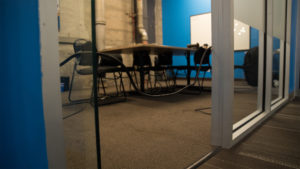
Wires and cables aren’t just an eyesore. If you trip over them, they can also be a hand, knee, and face sore as well. This can result in expensive lawsuits that drain your company’s resources.
Solution: Invest in wireless technology or a floor cord protector.
9. People show up late and insist on being informed of what they missed

No matter how many times the meeting agenda is sent out, a small fraction of the recipients will either claim to have misread the start time or to have not received the email at all. As a result, most meetings are interrupted every 5 minutes by a latecomer who, immediately upon sitting down, inevitably asks the dreaded question: “What did I miss?” By the time the latecomer is all caught up, a new latecomer arrives, and the vicious cycle repeats itself.
Solution: Always start the meetings on time no matter what, do not pause to brief the latecomers (an exception can be made for the CEO), and invest in a project management tool.
ADDITIONAL READING
AV System Integrators: Are They Really Necessary?
Meeting Room Setup in 1 Day
Conference Room Design: A Guide For the Perplexed

